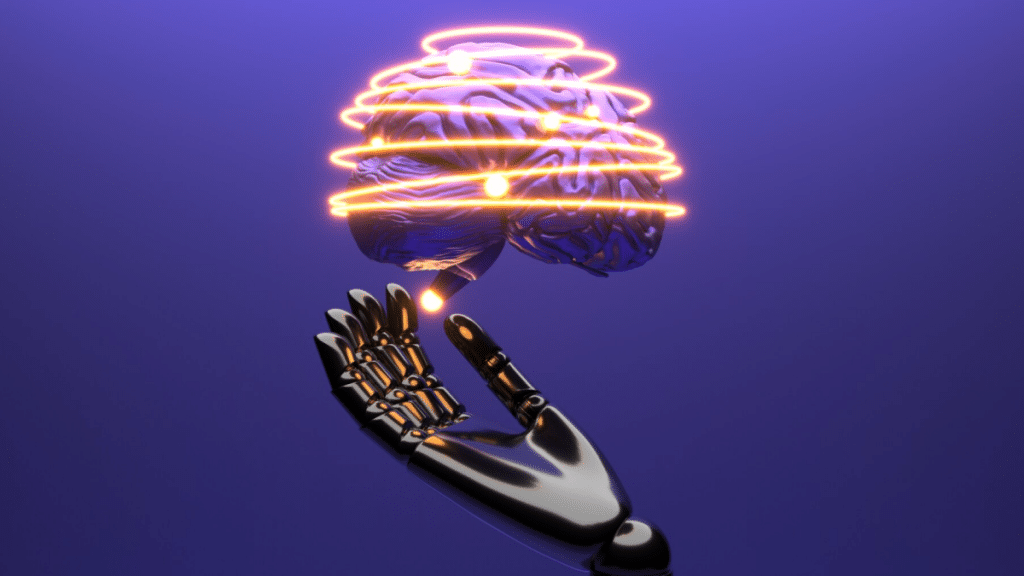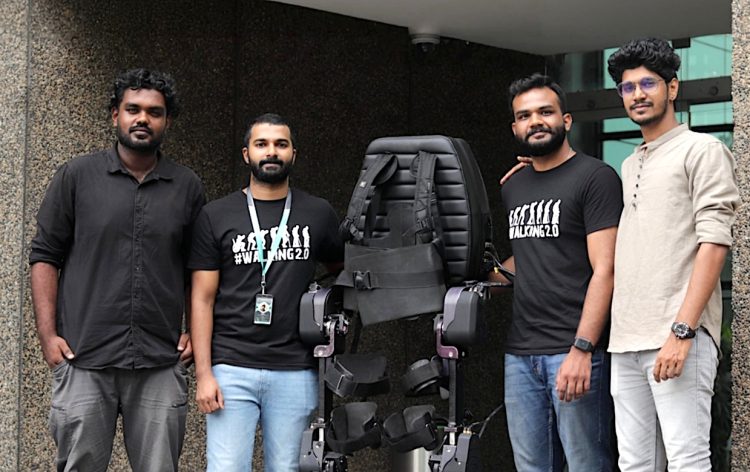Introduction: The Future of Human Potential
In a world where innovation is advancing at an exponential rate, the concept of human augmentation—enhancing the body with technology or biological modifications—has moved from science fiction to tangible possibility. No longer confined to the realms of futuristic movies or speculative literature, human augmentation is slowly but surely becoming a reality, promising to push the limits of what our bodies can achieve.
From bionic limbs that offer amputees new levels of mobility to genetic modifications designed to enhance physical performance, human augmentation encompasses a vast array of technologies. But the question that arises is not just whether these innovations are possible—it’s whether they can truly push our physical limits and, more importantly, what the implications of such advances might be.
What Is Human Augmentation?
Human augmentation involves enhancing the physical, sensory, or cognitive capabilities of humans using technological or biological means. The augmentation spectrum is wide, including anything from external prosthetics to internal bioengineering. The goal is to either restore lost capabilities or enhance existing abilities, leading to an improved version of the human body. The possibilities range from bionic limbs, exoskeletons, and neural interfaces to genetic modifications, stem cell therapy, and advanced prosthetics.
In the field of sports, for example, athletes may already be leveraging wearables and biomechanical enhancements to optimize their physical capabilities. However, at the intersection of ethics, technology, and biology, these enhancements challenge the very essence of what it means to be human.
Types of Human Augmentation
1. Prosthetics and Bionics

The development of prosthetics has evolved drastically over the past few decades. What was once a crude replacement for missing limbs is now a high-tech marvel of biomechanics. Bionic limbs, powered by advanced sensors, motors, and artificial intelligence, can replicate or even exceed the capabilities of natural limbs in certain cases.
The most remarkable aspect of modern prosthetics is their ability to seamlessly integrate with the human body. Prosthetic limbs, such as those that use neural interfaces to respond to brain signals, can restore a level of dexterity that was once impossible for amputees. In fact, some prosthetics now allow users to perform intricate tasks like typing or playing musical instruments, demonstrating the potential for augmenting human physical abilities beyond our natural limits.
2. Exoskeletons
Exoskeletons are wearable devices that augment the human body’s movement, allowing users to lift heavier objects or perform strenuous physical tasks without exhausting themselves. These suits, typically powered by motors and hydraulics, are already being used in rehabilitation, helping individuals recover from spinal injuries and providing the elderly with more independence.
However, the future of exoskeletons extends far beyond rehabilitation. The military, for example, is exploring their use to enhance soldier performance, allowing soldiers to carry heavier loads with ease, thus reducing fatigue and the risk of injury. Industries like construction and logistics are also adopting exoskeleton technology, promising a future where heavy labor is no longer bound by human limits.
3. Genetic and Biological Enhancements
Perhaps one of the most controversial areas of human augmentation is genetic modification. Techniques such as CRISPR gene editing have made it possible to precisely alter DNA, potentially enabling the enhancement of physical traits like strength, stamina, and even cognitive function. While this technology is still in its early stages, the potential for human enhancement through genetic modification is profound.
For example, athletes might one day be able to modify their genes to enhance muscle growth, improve oxygen efficiency, or reduce recovery times, offering a distinct advantage in performance. In theory, genetic modification could also make humans more resistant to disease or even slow the aging process. But as exciting as these possibilities are, they raise significant ethical questions about fairness, equity, and the potential consequences of altering the human genome.
4. Neural Interfaces and Brain-Computer Interfaces (BCIs)
Neural interfaces represent a fascinating frontier in human augmentation, enabling direct communication between the human brain and external devices. These interfaces can offer a wide range of enhancements, from controlling robotic limbs with thought to boosting cognitive abilities.
Brain-computer interfaces, in particular, have attracted considerable attention due to their potential to improve mental performance or treat neurological conditions like Parkinson’s disease and Alzheimer’s. Imagine a world where memory recall, information processing, or even learning new languages could be significantly enhanced by augmenting the brain’s natural abilities.
While much of the technology is still in the experimental phase, the possibility of integrating the brain with AI could lead to cognitive enhancements that transcend our current limitations, potentially opening up new realms of human capability.
Can Human Augmentation Push Our Physical Limits?

Human augmentation offers the promise of surpassing the physical boundaries of the human body, and in many areas, it already has. For instance, athletes who have lost limbs can now run again, thanks to advancements in bionics. People with spinal injuries may regain mobility through exoskeletons, and those with degenerative diseases may one day benefit from gene therapies that prevent physical decline.
Yet, as we push the boundaries of human augmentation, it’s crucial to consider not just the capabilities, but the limits. Our bodies are still finite entities, and there are inherent challenges in augmenting the physical form without causing unintended side effects. There are also ethical concerns about the accessibility of these enhancements, the risk of creating new forms of inequality, and the potential for misuse in areas like sports or warfare.
1. The Limits of Augmentation: Physical and Ethical Boundaries
Although the potential for augmenting physical strength, endurance, and other capabilities is enormous, we must ask whether there are limits beyond which even the most advanced technologies cannot go. Can a human, enhanced by technology, truly surpass the physical limits of the human body? Or is there an inherent biological ceiling?
For example, while prosthetic limbs can replicate functionality, they often can’t fully replicate the nuanced motion and sensory feedback of a natural limb. Similarly, while exoskeletons can augment strength and endurance, they can’t completely replace the natural agility or precision of human movement. In many cases, augmentation is about improving or restoring function, but not necessarily about surpassing human biology in every respect.
Moreover, even as technological advances offer new possibilities, there are ethical considerations to account for. If enhancements become commonplace, will they create a divide between those who can afford augmentation and those who cannot? In sports, will we begin to see a new class of “super-athletes” who are genetically modified or equipped with advanced augmentation devices, leading to an uneven playing field? These ethical dilemmas will likely define how augmentation technologies are implemented and regulated.
2. The Psychological and Societal Impacts of Augmentation
Beyond the biological and physical effects, human augmentation will undoubtedly have profound psychological and societal consequences. As our abilities are enhanced, what happens to our sense of identity and self-worth? Will we begin to see ourselves as more than human—transhuman, even—and how will this shift impact our relationships, our sense of community, and our place in the world?
Moreover, there is the potential for dependency on augmentation technologies. Could we become so reliant on devices like exoskeletons or brain-computer interfaces that we lose the ability to function without them? The integration of technology into our bodies could lead to a future where our physical capabilities are only as strong as the devices we wear or implant.
Conclusion: The Promise and the Perils of Human Augmentation
Human augmentation offers a future where our physical capabilities could surpass what was once thought possible. Prosthetics, exoskeletons, genetic modifications, and neural interfaces all hold the potential to enhance or restore abilities, allowing us to break through the limitations of our bodies. However, this future is not without its challenges. The ethical implications, the potential for inequality, and the psychological effects of such changes must be carefully considered as we move forward.
Ultimately, the question of whether human augmentation can push our physical limits isn’t just about the technology itself—it’s about how we choose to wield it. As we stand on the precipice of a new era in human potential, the responsibility to use these technologies wisely and ethically lies with us.











































